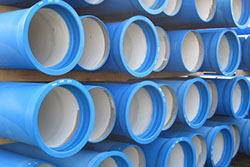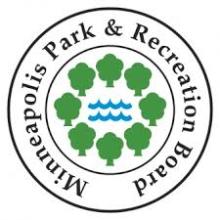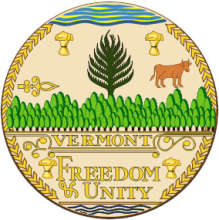AT&T Makes Good On Threats, Sues In Nashville
AT&T lawyers filed suit against Nashville just two days after Mayor Megan Barry signed the new One Touch Make Ready (OTMR) ordinance into law. The Metro Council passed the proposal for the final time, and sent it on to the Mayor, on September 20th.
Seeking Out Streamlining
OTMR was proposed by Google Fiber, which wants to enter the Nashville market by deploying an aerial fiber network. In order to do that, they need to attach fiber-optic cables to utility poles around town, but the current process is cumbersome and will significantly delay the rollout. OTMR streamlines the procedure but would allow some one other than AT&T to manage the rearrangement of wires on all poles in the Nashville rights-of-way. The telecom giant owns about 20 percent of the poles in Nashville; the city’s electric utility, NES, owns the rest.
Three Arguments
AT&T seeks a permanent injunction to stop the city from enforcing the new ordinance. They argue the city does not have the authority to enforce the ordinance - that role is within federal jurisdiction through the FCC.
They go on to state that the Metro Council does not have the authority to pass the ordinance because, according to the city charter, only the Electric Power Board the has the right to pass regulations that deal with issues related to equipment, such as poles and the cable on them.
AT&T also asks that the court grant a permanent injunction on the basis that they already have a contract with the city relating to AT&T’s wires that are on NES poles. The contract allows the company to handle its own wires and enforcing the ordinance would basically nullify that component of the contract.
What This Is Really About










